Massage for Rotator Cuff Injury
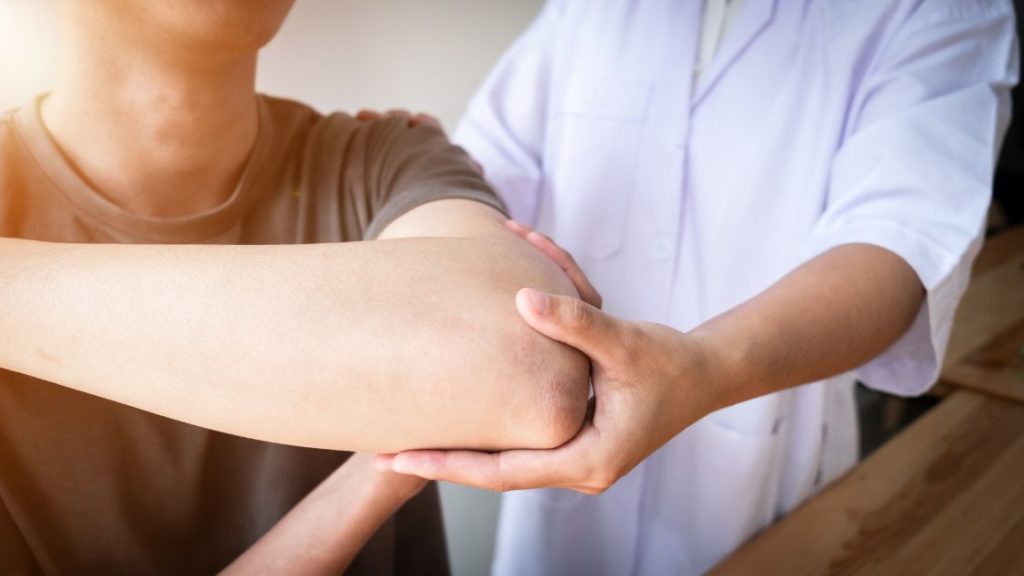
Your rotator cuff is a hard working muscle group. Consisting of your supraspinatus, infraspinatus, subscapularis, and teres minor, the rotator cuff muscles and their tendons surround and stabilize the shoulder joint. They make sure the head of your humerus is in its proper place within the shoulder socket.
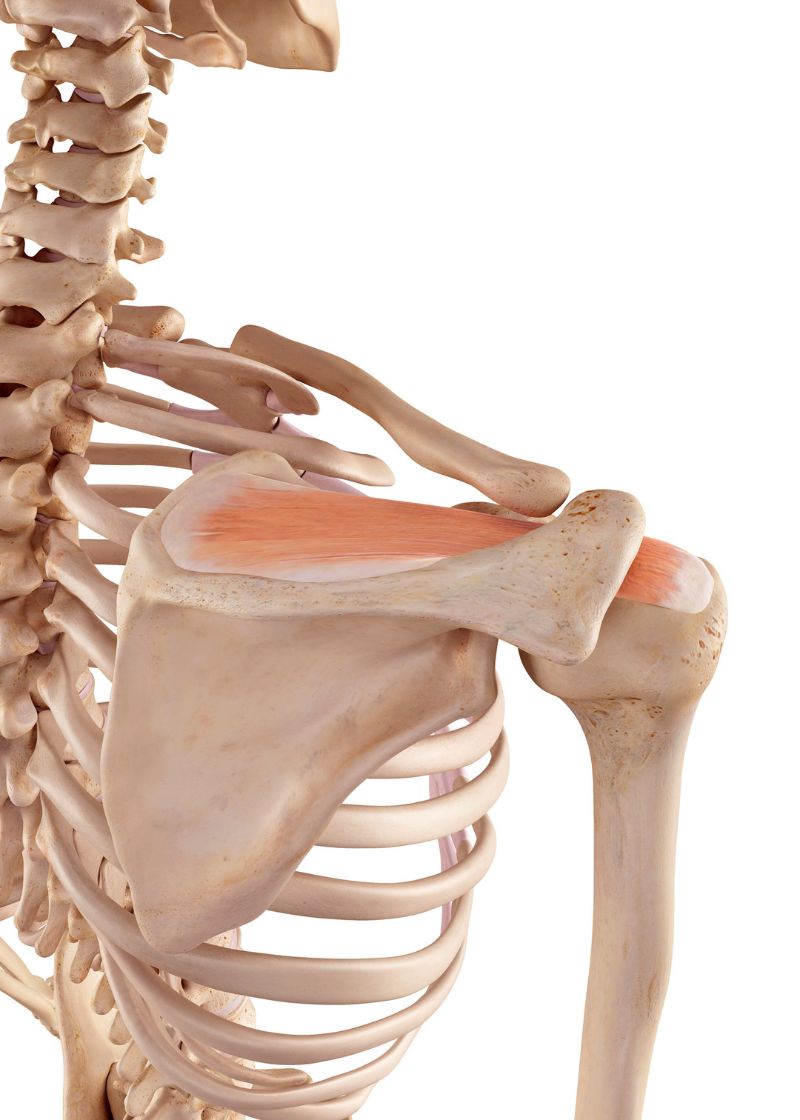
Supraspinatus
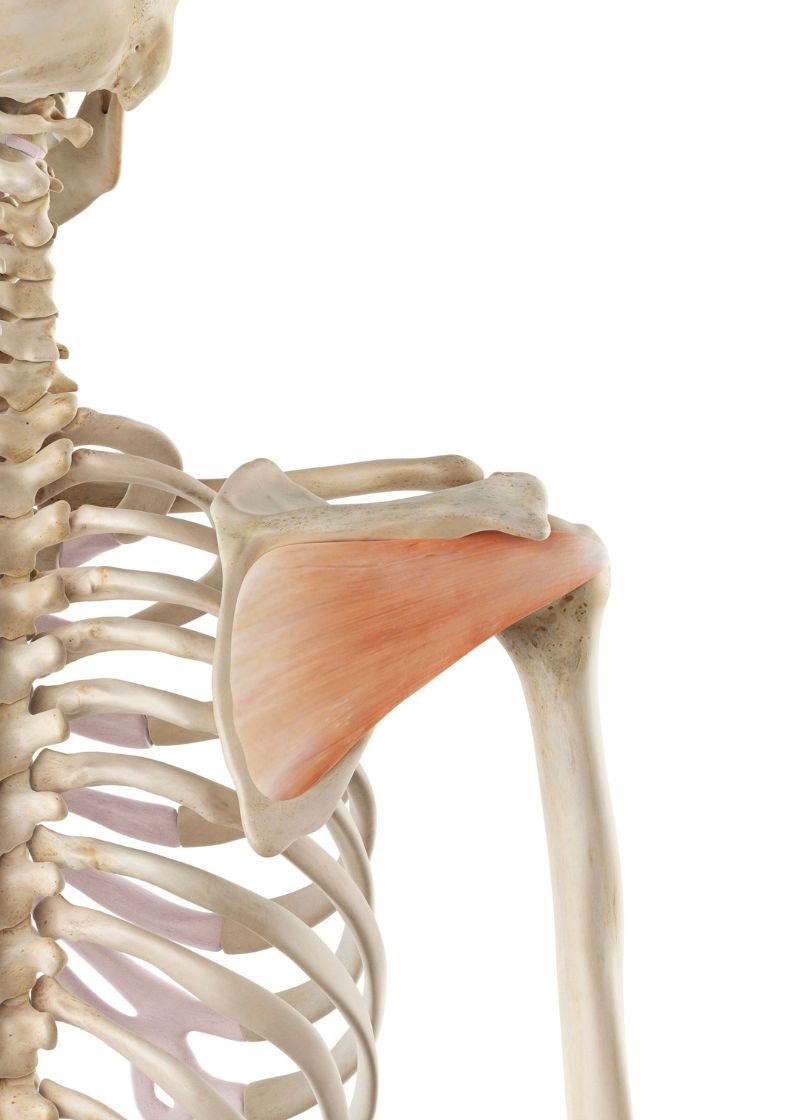
Infraspinatus
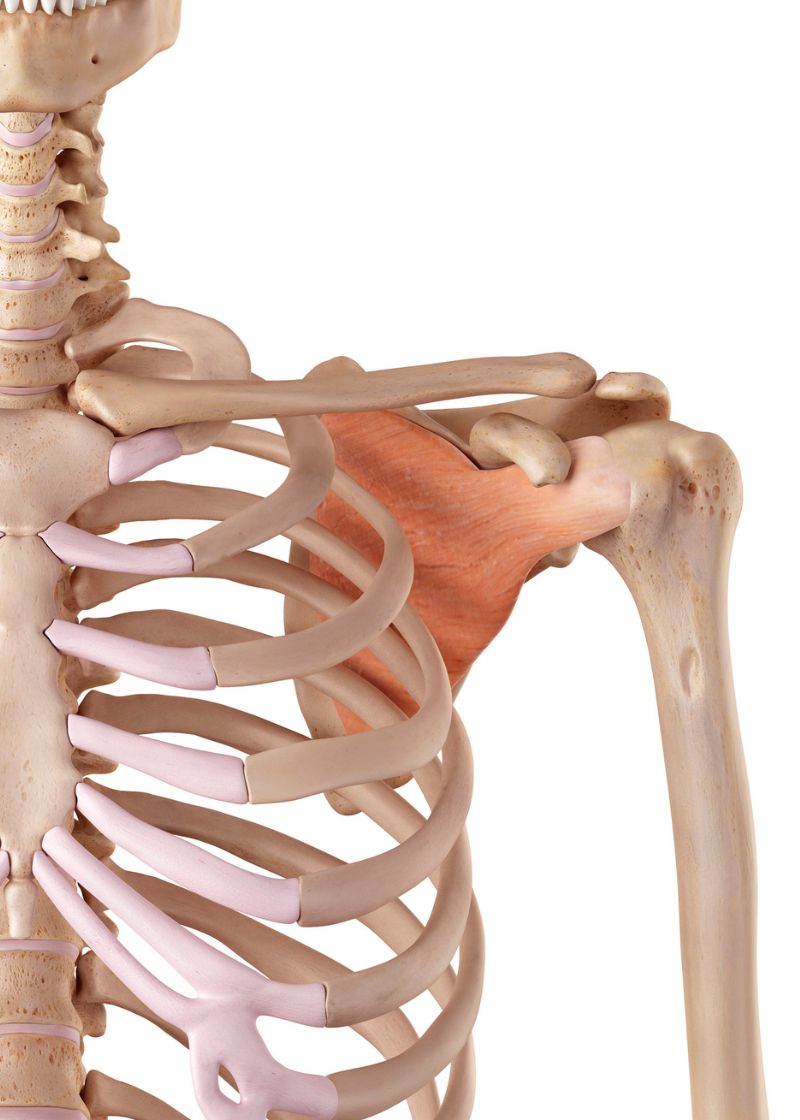
Subscapularis
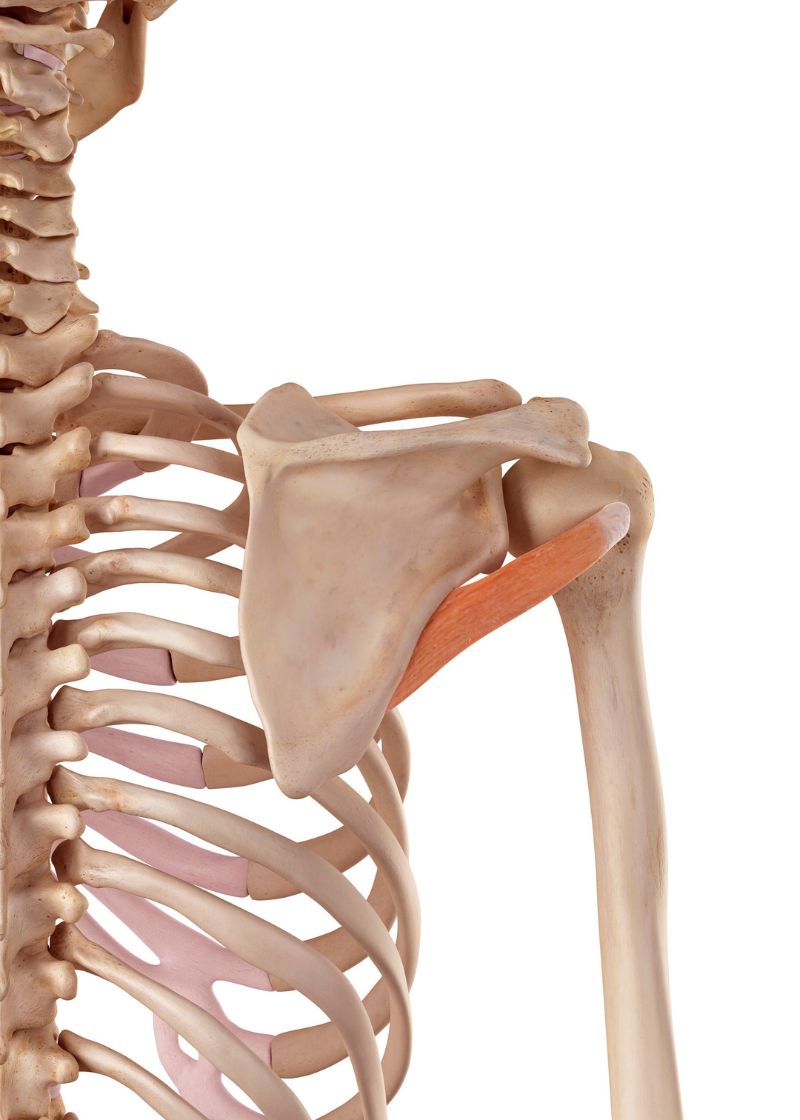
Teres Minor
Your shoulder joint, being a ball and socket with the ability to circumduct 360 degrees, is the most mobile joint in your body. In addition to its impressive circumduction capabilities, the shoulder joint has a wide range of motion in regards to flexion, extension, internal rotation, and external rotation of the upper extremity. The shoulder joint also allows scapular retraction, protraction, depression and elevation. Its multiple actions and wide range of motion would make it a very exhaustible and unstable joint if the rotator cuff wasn’t there to hold it in place!
With the number of actions the rotator cuff executes, it’s a commonly injured muscular group. The supraspinatus, infraspinatus, subscapularis, and teres minor tend to be very tight muscles. Without proper treatment, a simple muscular adhesion can turn into a muscle tear; which can range in severity from a microtear, partial tear, or a full rupture.
What are the causes and symptoms of a rotator cuff injury? How can bodywork help? Why is prompt treatment so important?
Causes of Rotator Cuff Injury
What causes progressive wear and tear to the rotator cuff?
- Jobs involving repeated overhead motions
- Carpenters, painters, etc.
- Heavy lifting also a risk factor
- Sports injuries
- Common in basketball, tennis, baseball, wrestling, etc.
- Over exercising and/or using improper form when weight lifting or rowing is a risk too
- Falls
- Strain or tear can occur from a single injury, such as falling on an outstretched hand
- Age
- It’s inevitable. Even people with mindful body mechanics can’t stop the wear that comes from years of repetitive movement.
Symptoms of Rotator Cuff Injury
- Dull pain deep in shoulder
- Sleep disturbances
- Arm weakness
- Inability to perform certain tasks
- Brushing hair; reaching hand behind back; extending arm above head
Massage for Rotator Cuff Injury
*If you suspect you may have a high grade rotator cuff tear, hold off on bodywork until you have a prior diagnosis. Schedule an appointment with your primary care physician, physical therapist, or chiropractor before moving onto the next steps.
Your supraspinatus, infraspinatus, subscapularis, and teres minor are full of muscular adhesions. A combination of deep tissue massage and trigger point therapy can be very effective for knot removal, especially for the subscapularis. The subscapularis,the largest rotator cuff muscle and one of the two most painful muscles to touch is especially rife with trigger points due to how tucked away it is.
Knot removal will lengthen the hyper-contracted rotator cuff muscles. After that muscle group has been loosened and lengthened, there is another important muscle we haven’t talked about yet that needs to be treated: the bicep.
We’ll explain this reason further in the next blog, which will describe how rotator cuff and bicep injuries tend to occur alongside one another. Basically, the biceps tendon attaches at the shoulder inside the bicipital groove, which is located between the infraspinatus and subscapularis. Due to their proximity to one another, the bicep muscles are going to overcompensate for the tight rotator cuff muscles and weaken over time. After massaging the biceps, assisted strengthening exercises can either be incorporated into the bodywork and/or taught to the patient to practice at home.
To improve shoulder range of motion after knot removal and muscle retraining, joint range of motion techniques such as proprioceptive neuromuscular facilitation can be performed by a massage therapist. Along with the strengthening exercises assigned, joint range of motion enhancing stretches should also be sent home with the patient.
A person experiencing a rotator cuff injury should receive massage every 1-2 weeks until symptoms start to improve.
Why Quick Intervention is Key
Prolonged irritation and damage to an injured rotator cuff leads to significant reduction or complete loss of shoulder strength and joint range of motion. In severe cases, any chance of restoration can only be achieved through surgery.
Now You Know!
Your rotator cuff has many jobs and it gets tiring! It needs your care to do its work properly, and it needs to work properly if you want to reach things! Prevent tears and hang onto your ability to paint, build, lift, and brush!

Katrina Jenkins
Author, Licensed Massage Therapist
Katrina Jenkins graduated from Towson University in 2013 with a Bachelor’s Degree in Health Science and worked as a nurse’s aide briefly before pursuing her true passion. She graduated from the Massage Therapy Institute of Colorado in April 2016 with honors and completed the Touch of Healers Scholarship Program the following summer. She has been a part of the Moyer Total Wellness Team since the summer of 2017.
Resources
ePainAssist, T. (2016). Muscle Tear|Types|Treatment|Recovery Period|Causes|Symptoms. [online] ePainAssist. Available at: https://www.epainassist.com/muscles-and-tendons/muscle-tear-types-treatment.
Kishner, MD, MHA, S. (2020). Shoulder Joint Anatomy: Overview, Gross Anatomy, Microscopic Anatomy. eMedicine. [online] Available at: https://emedicine.medscape.com/article/1899211-overview#:~:text=The%20human%20shoulder%20is%20the%20most%20mobile%20joint.
Mayo Clinic (2018). Rotator cuff injury – Symptoms and causes. [online] Mayo Clinic. Available at: https://www.mayoclinic.org/diseases-conditions/rotator-cuff-injury/symptoms-causes/syc-20350225.
Nall, R. (2014). Rotator Cuff Tear. [online] Healthline. Available at: https://www.healthline.com/health/rotator-cuff-injury.
Photo Credit
Canva by Bhutinat65
Canva by Science Photo Library
Canva by Science Photo Library
Canva by Science Photo Library
Canva by Science Photo Library
